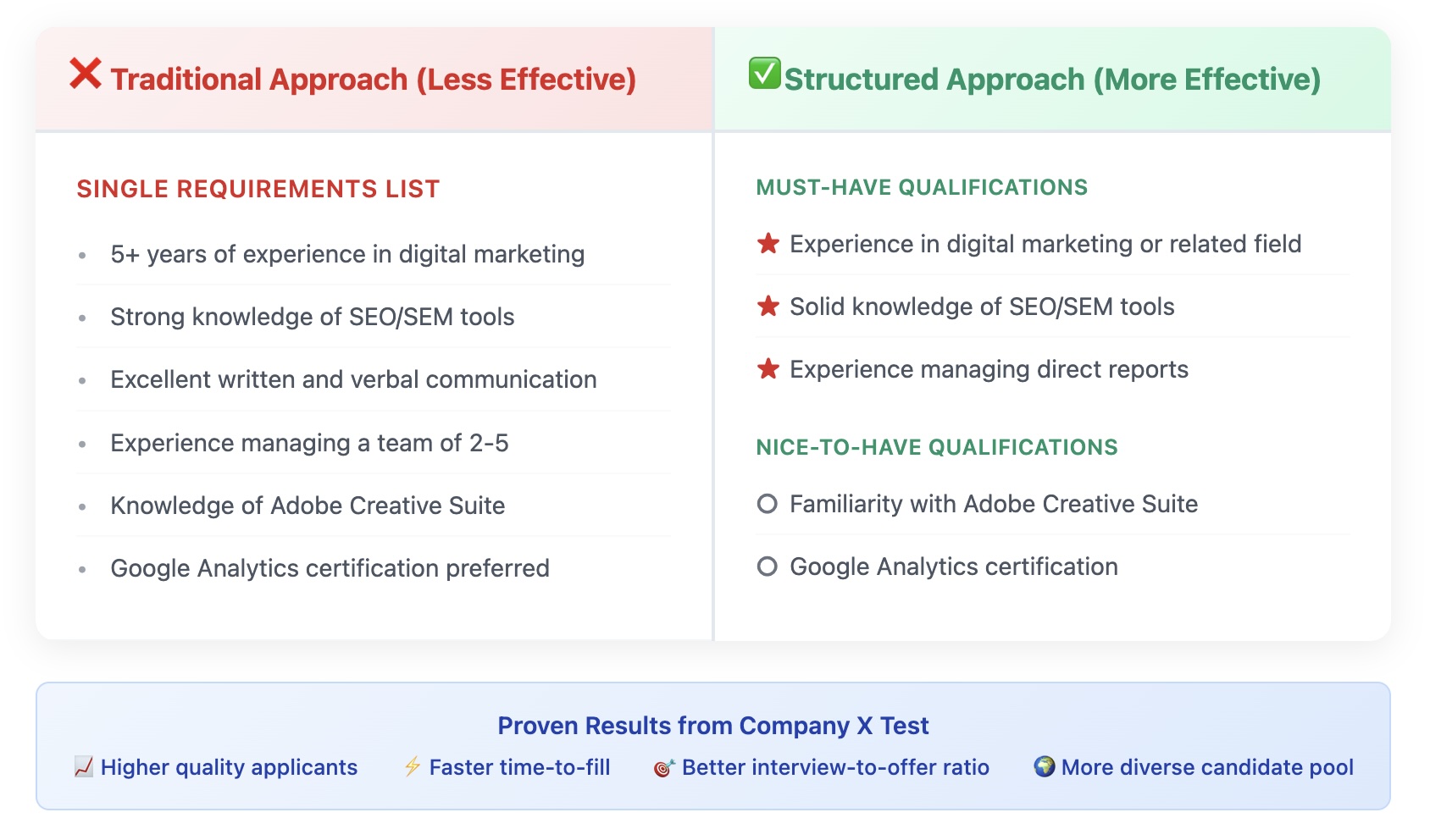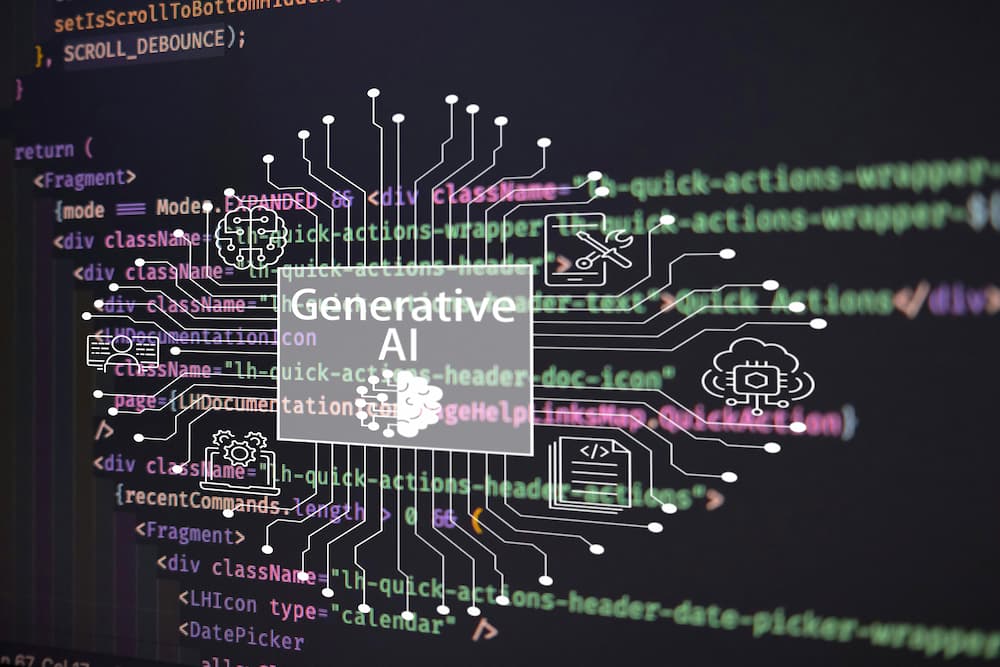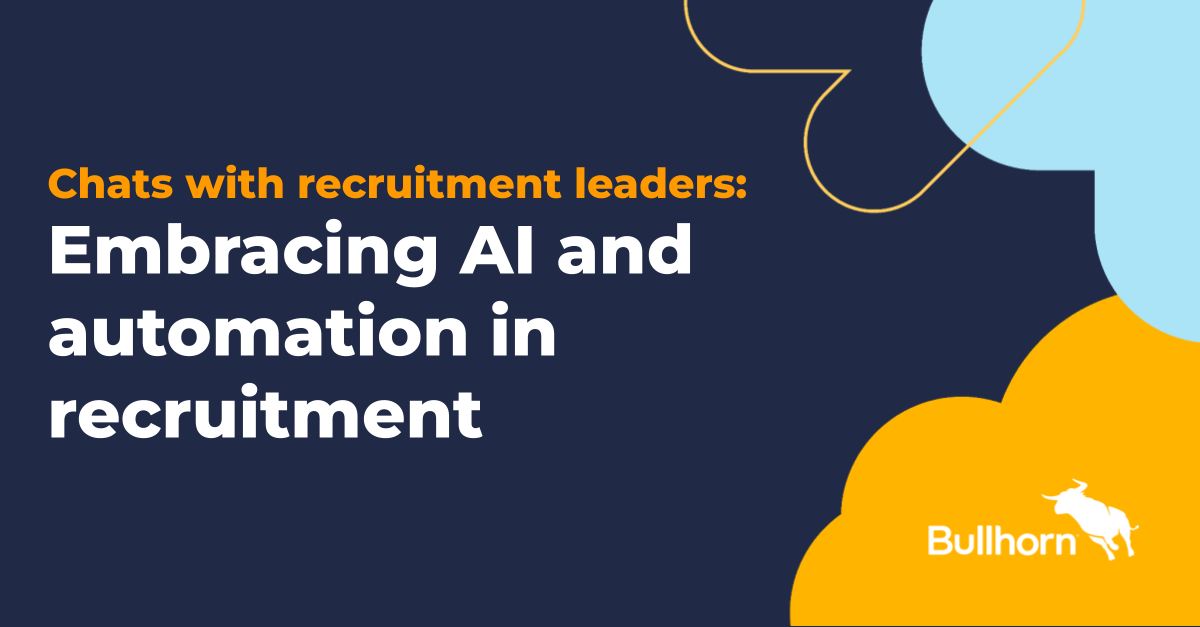Recruiting the right talent is the cornerstone of any successful business. But as the demand for specialized skills grows and competition for top talent intensifies, traditional hiring methods often fall short. That’s where technology steps in, and among the most impactful tools in HR tech is the Recruitment Management System (RMS).
Whether you’re a small startup or a multinational enterprise, an RMS can revolutionize your recruitment strategy by streamlining your hiring process, improving candidate experience, and helping you make data-driven hiring decisions. In this guide, we’ll explore what an RMS is, how it works, its core features, benefits, and how to choose the right one for your organization.
Understanding the Recruitment Management System (RMS)
A Recruitment Management System (RMS) is a type of HR software designed to automate and manage the end-to-end hiring process. It acts as a centralized platform that assists hiring teams in job posting, applicant tracking, resume screening, interview scheduling, candidate communication, and onboarding.
Think of it as the command center for all your recruitment activities. It helps HR professionals and recruiters reduce manual tasks, improve collaboration, and shorten time-to-hire — all while delivering a consistent and engaging experience to job seekers.
Core Functions of a Recruitment Management System
While the specific features may vary from one system to another, most RMS platforms share the following core functionalities:
1. Job Posting and Distribution
An RMS allows recruiters to create and post job openings to multiple job boards, social media channels, and the company’s career site — all from one interface. This multi-channel approach maximizes visibility and attracts a diverse pool of candidates.
2. Applicant Tracking
One of the core pillars of any RMS is the Applicant Tracking System (ATS), which helps manage applications, track candidate progress through the hiring funnel, and store candidate data in a structured format.
3. Resume Screening and Parsing
RMS platforms often come with AI-powered tools that can scan, parse, and score resumes based on predefined criteria. This drastically reduces the time spent manually reviewing applications and ensures only qualified candidates move forward.
4. Interview Scheduling
Coordinating interviews can be a logistical nightmare. An RMS simplifies this by offering automated scheduling tools that sync with calendars, send reminders, and even support video interview capabilities.
5. Communication and Collaboration
Hiring isn’t a solo activity. RMS tools provide internal notes, interview scorecards, and shared access to candidate profiles, enabling better collaboration among HR managers, recruiters, and hiring teams.
6. Reporting and Analytics
Recruitment metrics matter. RMS platforms deliver insights on key performance indicators (KPIs) like time-to-fill, source effectiveness, cost-per-hire, and more. These analytics empower decision-making and continuous improvement.
7. Onboarding Integration
Some RMS platforms also integrate with onboarding tools, helping you transition candidates into new hires seamlessly. From document collection to e-signatures and task checklists, the entire process becomes more efficient and professional.
Why Do Companies Use a Recruitment Management System?
The benefits of an RMS go beyond just digitizing hiring workflows. Let’s take a deeper look at why companies adopt these systems:
1. Speed and Efficiency
Manual recruitment processes are time-consuming and prone to delays. An RMS automates repetitive tasks, allowing your HR team to focus on more strategic activities, like engaging top talent and improving employer branding.
2. Improved Candidate Experience
A seamless application process, timely communication, and transparency are key elements of a positive candidate experience. RMS tools help ensure that every candidate — whether hired or not — walks away with a good impression of your brand.
3. Centralized Data Management
An RMS serves as a single source of truth for all recruitment-related data. This makes it easy to search past applications, track hiring trends, and ensure compliance with data privacy laws.
4. Enhanced Collaboration
With everything stored in one platform, hiring managers and recruiters can easily share feedback, view candidate status, and make collective decisions faster and more effectively.
5. Cost Reduction
By cutting down on manual labor, reducing hiring timelines, and improving decision quality, an RMS can significantly reduce the cost-per-hire over time.
Key Features to Look for in a Recruitment Management System
Choosing the right RMS depends on your organization’s size, hiring needs, and budget. Here are the must-have features to consider:
1. Customizable Workflows
Every company has unique hiring processes. Your RMS should offer the flexibility to create custom workflows that align with your internal procedures and approval hierarchies.
2. Integration Capabilities
The system should integrate with your existing HR tech stack — such as HRIS, payroll, background check services, email, and calendar apps — to avoid data silos.
3. Mobile Accessibility
In a mobile-first world, recruiters and candidates alike need access on the go. Look for an RMS with a responsive design or dedicated mobile app for real-time updates and collaboration.
4. AI and Automation
Modern RMS tools leverage AI for smart candidate matching, chatbot assistance, and predictive analytics. These features not only enhance productivity but also improve hiring accuracy.
5. Candidate Relationship Management (CRM)
Talent pipelining is essential for future hiring success. A good RMS includes CRM functionality to nurture passive candidates and build long-term relationships.
6. Compliance and Security
Ensure the platform is compliant with GDPR, EEOC, and other relevant regulations. It should also offer role-based access controls and data encryption to protect sensitive candidate data.
Common Types of Recruitment Management Systems
There’s no one-size-fits-all solution when it comes to RMS tools. Depending on your hiring volume, industry, and goals, here are some common types to consider:
1. SMB-Focused RMS
These are designed for small to midsize businesses and prioritize ease of use, affordability, and essential features. They may offer limited integrations but excel at streamlining basic recruitment processes.
2. Enterprise RMS
Built for large organizations, enterprise-grade systems come with advanced features like AI-matching, global compliance support, multilingual interfaces, and extensive reporting capabilities.
3. Industry-Specific RMS
Some platforms cater specifically to industries like healthcare, IT, hospitality, or education. These systems often include specialized features like credential checks or industry-compliant job templates.
4. Open-Source RMS
Open-source solutions provide maximum customization but often require in-house IT support. They are ideal for organizations with complex needs and tech-savvy teams.
Challenges of Using a Recruitment Management System
While RMS platforms bring significant value, they are not without challenges. Here are a few considerations to keep in mind:
1. Learning Curve
Implementing a new system requires time and training. Resistance to change among HR teams or hiring managers can slow down adoption.
2. Integration Complexity
Not all systems play well together. Without proper integration with existing tools, an RMS can lead to redundant processes and data silos.
3. Data Overload
With so much data available, teams can become overwhelmed. It’s essential to focus on actionable insights rather than tracking every metric.
4. Candidate Drop-Offs
Overly complex application forms or a lack of mobile responsiveness can lead to candidate drop-offs. User experience should remain a top priority.
How to Choose the Right Recruitment Management System
Selecting an RMS is a strategic decision that requires careful consideration. Here’s a step-by-step approach to help you choose the right platform:
Step 1: Identify Your Hiring Needs
Determine the volume of hires, the number of recruiters, the geographic spread, and the complexity of your recruitment process. This will help narrow down your options.
Step 2: Define Must-Have Features
Make a list of non-negotiable features — such as job board integrations, resume parsing, or compliance reporting. This list will guide your vendor evaluation.
Step 3: Set a Budget
Know your financial limits, but also understand the long-term ROI an RMS can deliver through better efficiency and faster hiring.
Step 4: Test with a Demo or Trial
Always request a demo or trial period. Let multiple stakeholders test the system, and gather feedback on usability, customization, and overall fit.
Step 5: Evaluate Customer Support
Choose a vendor that offers responsive, ongoing support. Whether it’s onboarding assistance, regular updates, or troubleshooting, reliable support is crucial.
The Future of Recruitment Management Systems
As technology continues to evolve, so does the RMS landscape. Here are some future trends to watch:
1. AI-Driven Personalization
RMS platforms are becoming more intelligent — offering personalized job recommendations to candidates and predictive analytics to recruiters.
2. Voice and Chat Interfaces
Voice search and recruitment chatbots are gaining traction. Expect more conversational AI tools embedded within RMS platforms.
3. Enhanced Diversity & Inclusion Tools
To reduce bias, RMS tools are incorporating anonymized screening, inclusive language checks, and diversity metrics dashboards.
4. Deep Analytics and Predictive Hiring
More platforms will offer forecasting tools to predict hiring success, employee retention, and workforce needs based on historical data.
Final Thoughts
A Recruitment Management System is more than just a software tool — it’s a strategic partner in building a high-performing workforce. From sourcing to onboarding, an RMS empowers HR professionals to manage the recruitment lifecycle efficiently, deliver a world-class candidate experience, and make data-backed hiring decisions.
In today’s competitive talent market, adopting the right RMS could be the difference between landing your next star hire and missing out. Take the time to evaluate your needs, explore your options, and invest in a system that aligns with your vision for growth and innovation in HR.











